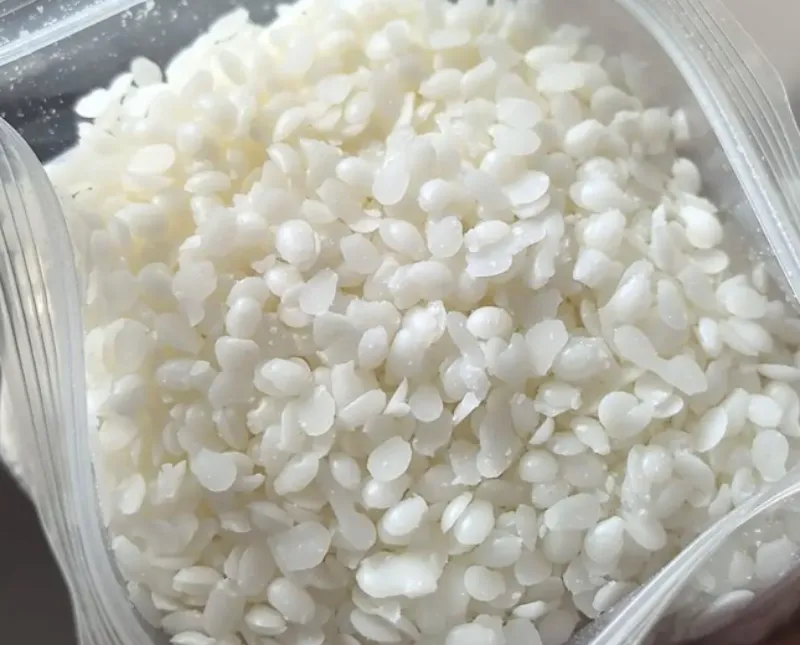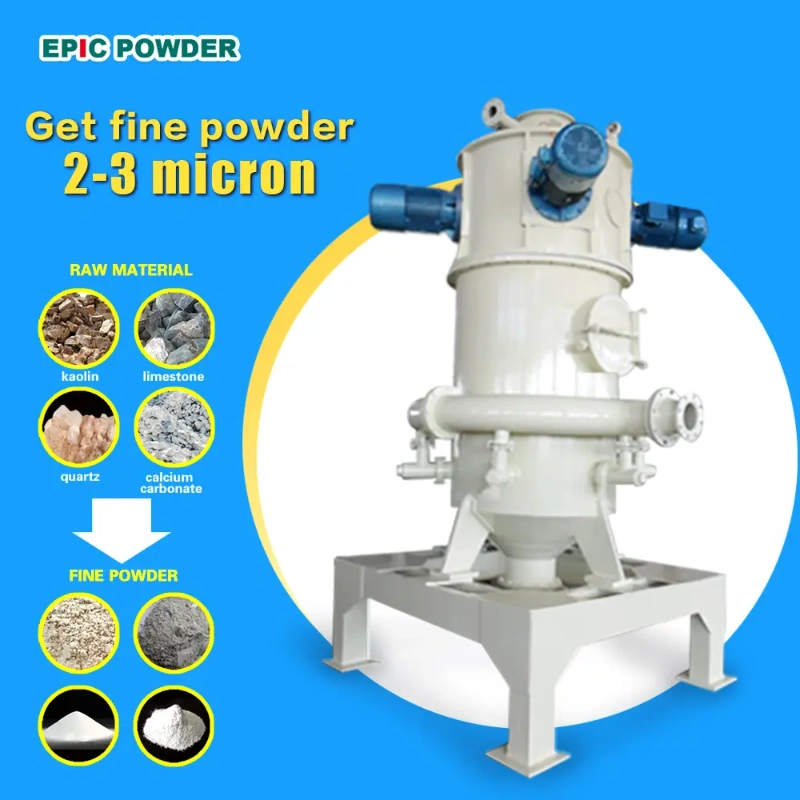Dalam bidang bahan baharu, wujud bahan tambahan utama yang dikenali sebagai “MSG industri” — Lilin PTFE serbuk. Resin serbuk putih ini dihasilkan dengan menggumpal, membasuh dan mengeringkan serakan yang diperoleh melalui pempolimeran terkawal tetrafluoroetilena. Ia mempunyai ciri-ciri luar biasa seperti rintangan haba, tahan cuaca, rintangan sejuk, geseran rendah, ciri tidak melekat, kimia kestabilan, dan penebat elektrik. Di samping itu, kerana puratanya yang kecil saiz Zarah, Serbuk lilin PTFE mempunyai keterserakan yang sangat baik dan boleh dicampur dengan mudah secara seragam dengan bahan lain.

Proses Pengeluaran Serbuk Lilin
Kaedah Fizikal
Serbuk lilin boleh diperolehi melalui mekanikal atau kilang jet, penyejatan dan pemendakan, atau proses lebur. Contohnya, parafin dan lilin polietilena boleh dikisar dan dikelaskan untuk mencapai saiz zarah peringkat mikron. Kaedah ini mudah tetapi selalunya menghasilkan produk dengan luas saiz Zarah pengedaran, bentuk tidak teratur, dan keterserakan yang lemah.
Kaedah Reagen Kimia
Proses ini menggunakan agen kimia untuk menjana mikropartikel lilin secara beransur-ansur daripada keadaan molekul terlarut. Ia boleh menghasilkan lilin mikron berskala nano, tetapi prosesnya rumit dan mahal.
Kaedah Pempolimeran atau Degradasi
Lilin mikronisasi juga boleh disediakan melalui pempolimeran atau degradasi, seperti Lilin mikronisasi PMMA, berat molekul terkawal PP, PE, lilin mikron PTFE, dan lilin akrilat.
Sebagai contoh, lilin polietilena boleh disintesis melalui pempolimeran tekanan tinggi atau tekanan rendah.
- Pempolimeran tekanan tinggi menghasilkan lilin PE bercabang dengan ketumpatan dan takat lebur yang lebih rendah.
- Pempolimeran tekanan rendah menghasilkan lilin PE linear dengan graviti tentu yang lebih rendah.
Malah antara lilin PE yang dihasilkan oleh kaedah tekanan rendah, sifat fizikal berbeza mengikut ketumpatan. Ketumpatan rendah (kehabluran lebih tinggi, lebih sedikit cawangan) PE lilin cenderung lebih keras dan lebih tahan haus, manakala sifat gelinciran dan pengurangan geserannya adalah lebih lemah sedikit.
Senario Aplikasi

Serbuk lilin digunakan secara meluas dalam pelbagai industri:
1. Industri Salutan
- Agen Tilam: Menyebarkan cahaya untuk mengurangkan kilauan dan mencapai kemasan matte.
- Agen Anti-Haus: Meningkatkan rintangan lelasan dan memanjang salutan kehidupan.
- Agen Anti-Sekat: Menurunkan tenaga permukaan untuk mengelakkan lekatan antara lapisan.
2. Industri Plastik
- Minyak pelincir: Meningkatkan aliran pemprosesan dan kecekapan pengeluaran.
- Ejen Pelepas Acuan: Menghalang melekat antara produk dan acuan.
- Agen Antistatik: Mengurangkan rintangan permukaan untuk mengelakkan pembentukan statik.
3. Industri Tekstil
- Agen Pelembut: Memberi sentuhan lembut dan licin pada fabrik.
- Penghalau Air: Meningkatkan ketahanan air.
- Kalis Api: Meningkatkan ketahanan api fabrik.
4. Bidang Lain
- Kosmetik: Meningkatkan kestabilan dan pelinciran formulasi.
- Makanan: Digunakan sebagai agen kaca dan anti-melekat dalam gula-gula dan coklat.
- Farmaseutikal: Berkhidmat sebagai pembawa dalam sistem penyaluran ubat terkawal atau disasarkan.
Bedak Epik
Serbuk Epik pakar dalam teknologi pengisaran dan pengelasan termaju untuk pengeluaran lilin mikron. Dengan lebih 20 tahun pengalaman dalam pemprosesan serbuk ultrahalus, kami menyediakan penyelesaian tersuai untuk PTFE, PE dan lilin mikron yang lain — memastikan saiz zarah yang konsisten, kebolehserakan yang unggul dan hasil berprestasi tinggi yang disesuaikan dengan keperluan setiap pelanggan.
